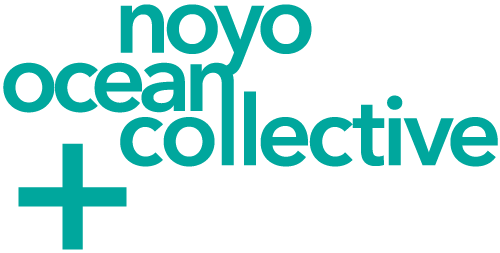
Cal Poly Humboldt Sea Level Rise Institute
As a core vision, the Cal Poly Humboldt Sea Level Rise Institute “envisions a diverse network of collaborators working together across disciplines, sectors, and ways of knowing to develop sea-level rise research and planning that informs equitable, sustainable, and community-centered local climate action”.
Abstract – Establishing a University, Tribal, and Community Partnership for a Resilient California North Coast: Sea-level rise (SLR) is and will continue to be a pressing issue in the rural, North Coast region of California, especially since nearby Wigi (or Humboldt Bay) is experiencing one of the fastest rates of relative SLR on the U.S. West Coast. In this paper, we argue that SLR presents a transformative opportunity to rekindle environmental relationships and reshape the future of the California North Coast and beyond. As the preeminent higher education institution of the region, Cal Poly Humboldt has the responsibility to be a leader in education, research, and planning for climate resilience. We describe efforts of the Cal Poly Humboldt Sea Level Rise Institute to establish a university-Tribal-community partnership that braids together different approaches and ways of knowing to develop research and planning that supports a resilient California North Coast. Since Wigi is projected to experience the effects of SLR sooner than the rest of the state, the North Coast region is poised to act as an incubator for new ideas and solutions, including Indigenous knowledge systems, and to play a role in influencing equitable, resilient, and transformative SLR adaptation processes in other parts of the state and the world. This will require developing programming and expertise in specific disciplinary areas, but, more importantly, will require the development of opportunities and spaces for various disciplines, ways of knowing, and sectors (e.g. Tribal nations, academia, government, NGOs, private companies, and community groups) to converge and bring the best of what they have to address climate-induced challenges and opportunities.
